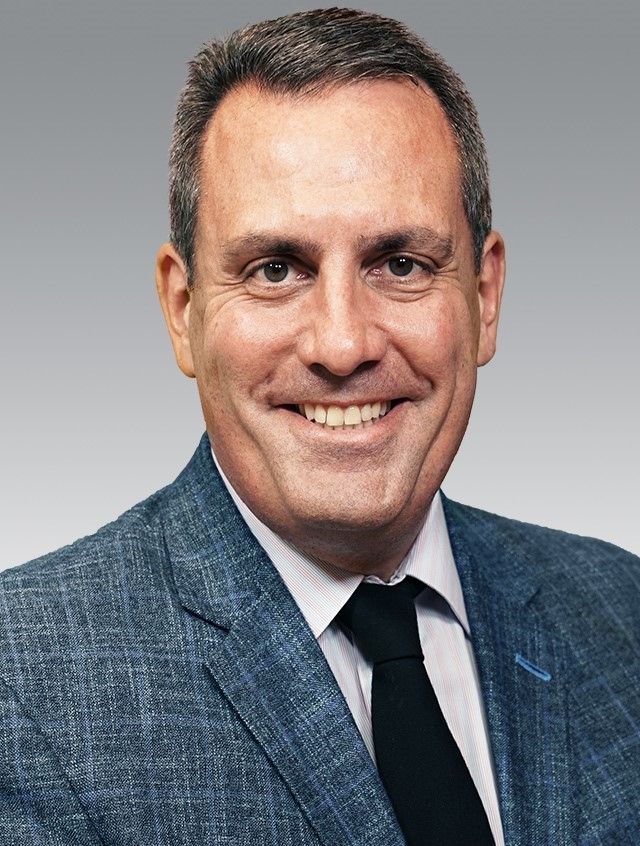- Safety & Recalls
- Regulatory Updates
- Drug Coverage
- COPD
- Cardiovascular
- Obstetrics-Gynecology & Women's Health
- Ophthalmology
- Clinical Pharmacology
- Pediatrics
- Urology
- Pharmacy
- Idiopathic Pulmonary Fibrosis
- Diabetes and Endocrinology
- Allergy, Immunology, and ENT
- Musculoskeletal/Rheumatology
- Respiratory
- Psychiatry and Behavioral Health
- Dermatology
- Oncology
Segal: Specialty Drugs Driving Cost Trend
Specialty drug prices are rising as these therapeutics replace lower-cost therapies.
The utilization of higher cost medications for rare diseases is driving higher spend on prescription drugs. In fact, nonspecialty drug utilization has remained relatively flat but specialty drug utilization is forecasted to increase, according to a recent study by Segal.
Nick Taylor, R.Ph.

“Almost every new chemical entity to the market is a specialty drug; they are coming to market faster through various programs, such as orphan drug and other pathways through the FDA,” Nick Taylor, R.Ph., VP, national pharmacy practice leader consulting services at Segal, said in an interview.
Specialty drug prices are rising as these therapeutics replace lower-cost therapies, and the majority of the pipeline is specialty or orphan drugs, the Segal study found. Specialty drugs now account for 53% of spending, according to IQVIA Institute for Human Data Science. Segal analysts project a cost trend for specialty drugs in 2022 of 14.4%, up from the projected 11.5% for 2021.
That pressure could ease a bit in 2023, when Boehringer Ingelheim’s interchangeable biosimilar of AbbVie’s Humira is expected to launch. The FDA approved Cyltezoz) adalimumab-adbm) on Oct. 15, 2021, but it won’t launch until July 1, 2023. This date was the result of a patent ligation with AbbVie. Boehringer Ingelheim will pay royalties to AbbVie for licensing its Humira patents once Cyltezo is available.
Related: FDA Approves First Interchangeable Biosimilar of Humira
“It'll be interesting to see what happens with negotiation of price and rebates,” Taylor said. “We will continue to see the uptick in the use of biosimilars, particularly on the medical side with infused products in the cancer category.”
Biosimilar utilization has increased 60% over the last two years, according to IQVIA. Taylor said that biosimilars are expected to provide some savings, especially in the oncology categories. “But it's not going to be like the traditional brand-generic type situation where you have 60%, 70% or 80% savings. Biosimilars are still quite expensive to produce and market. I think it’s going to become a price game with rebates and price concessions if pharma companies want to status of these drugs.”
The Segal report found that the average impact of rebates was a 2.4 percentage point reduction in prescription drug spend. Additionally, other plan strategies, such as prior authorization and step therapy, Taylor said, are effective in managing specialty drug spend, and he predicts health plans will continue to adopt these strategies.
Taylor said health plans are also starting leverage manufacturer coupon programs to maximize the value of these coupons. “Unless there's regulatory change where coupons are not available, or manufacturers decide to go a different route and not offer coupons, we can see them continuing going forward.”
Beyond plan design, member cost-sharing also can have an impact on drug spend, often influencing patient behavior. “Members with plans that have lower cost sharing choose differently from members who have plans that have higher cost share. The idea of a high deductible health plan is that people shop for price.”
Payers Recognize the Benefits, but Still See Weight Loss Drugs through a Cost Lens
April 12th 2024Jeffrey Casberg, M.S., R.Ph., a senior vice president of clinical pharmacy at IPD Analytics LLC, a drug intelligence firm that advises payers and pharmaceutical companies, talks about how payers are thinking about weight-loss drugs.
